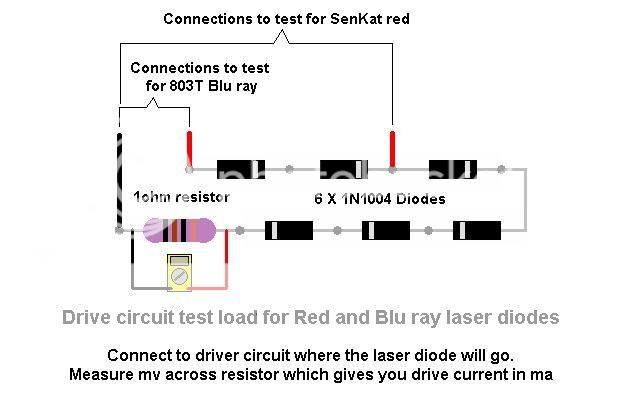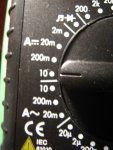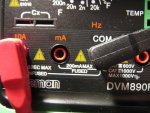Hello Everyone,
I have a little 445nm a140 LD in an aixiz housing with an acrylic lens. I have about 900milliamps goin to it.
I have seen posts where people say anything over 300mw Must have a glass lens. But I have not had serious issues with it.
I do feel that the quality of the beam is not as high, or its not as bright as it used to be. Is this due to the lens? Or did i damage the diode? (the little window in the LD looks clear)
Is there damage that is caused by the laser beam reflecting back off the lens and hitting the diode?
Thanks for your help
--ICWiz
I have a little 445nm a140 LD in an aixiz housing with an acrylic lens. I have about 900milliamps goin to it.
I have seen posts where people say anything over 300mw Must have a glass lens. But I have not had serious issues with it.
I do feel that the quality of the beam is not as high, or its not as bright as it used to be. Is this due to the lens? Or did i damage the diode? (the little window in the LD looks clear)
Is there damage that is caused by the laser beam reflecting back off the lens and hitting the diode?
Thanks for your help
--ICWiz










